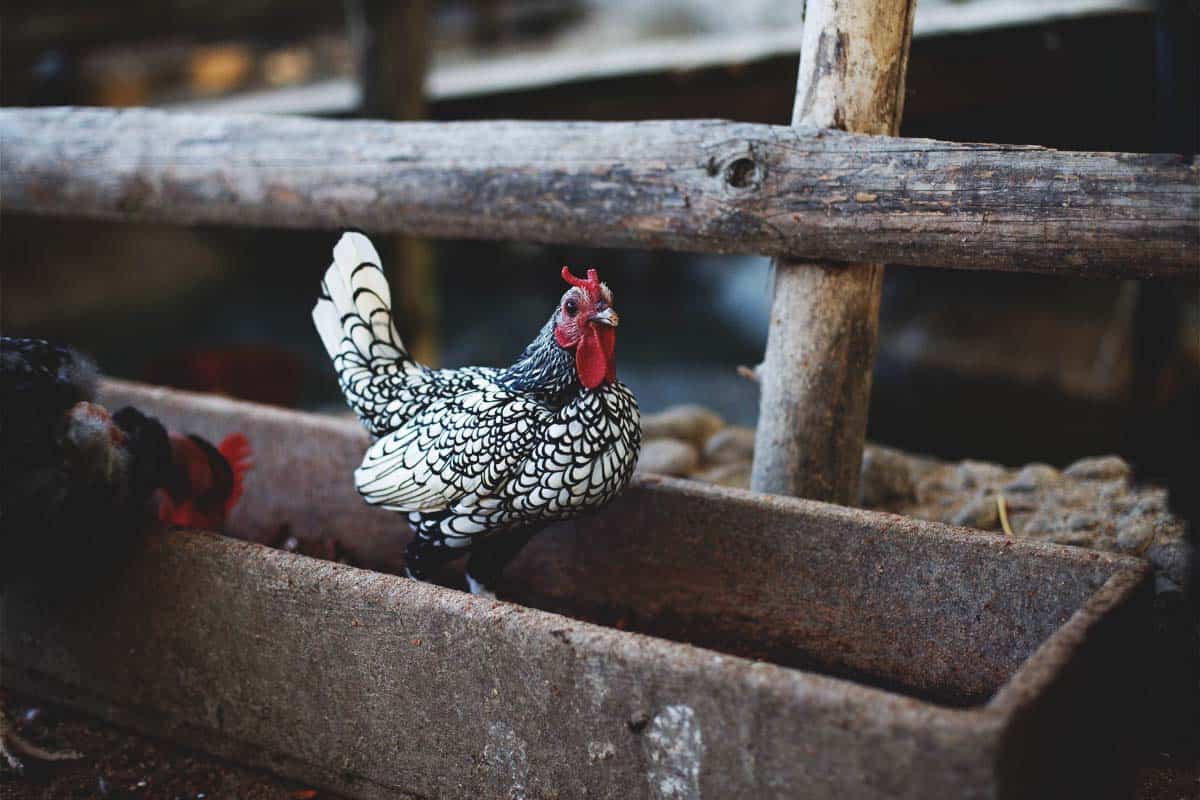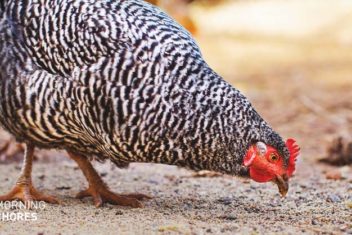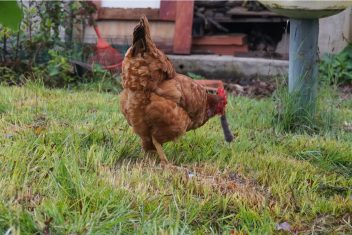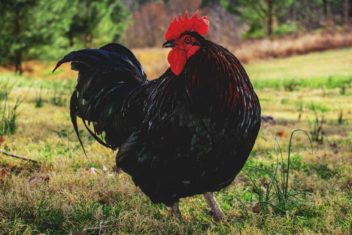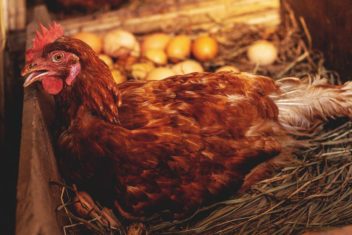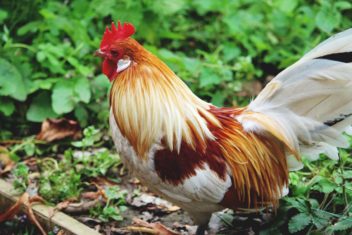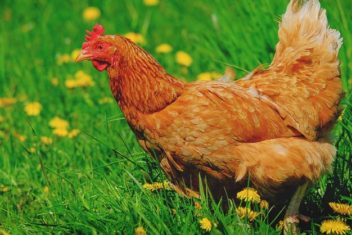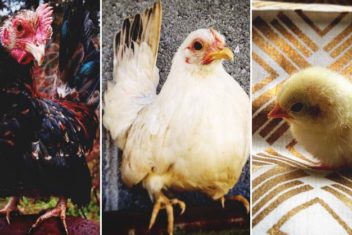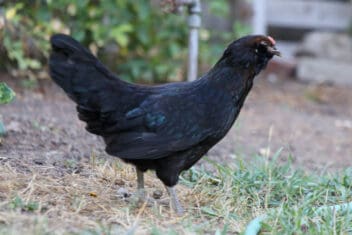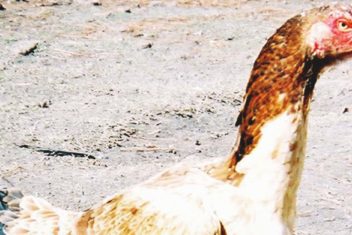One day when I was about 13, I was placing an order for chicks a few months in advance. After placing the order, I looked around the website and found the “shipping today” tab. There were some Mottled Cochin and Polish bantams and very impulsively, I bought ten chicks.
My father noticed the charge on his card and upon asking about it, I “discovered” the confirmation email of my order for bantams. Somehow I chalked it up to hatchery error but, oops, chicks would be here in two days.
Thus began my adventures with keeping bantams. My mother had always despised them and thought they weren’t practical, so she wasn’t exactly thrilled about my newest additions.
After years of bantam keeping, I’ve learned a lot about how they work on the homestead. They aren’t always the most practical choice, but they definitely have some major advantages worth exploring.
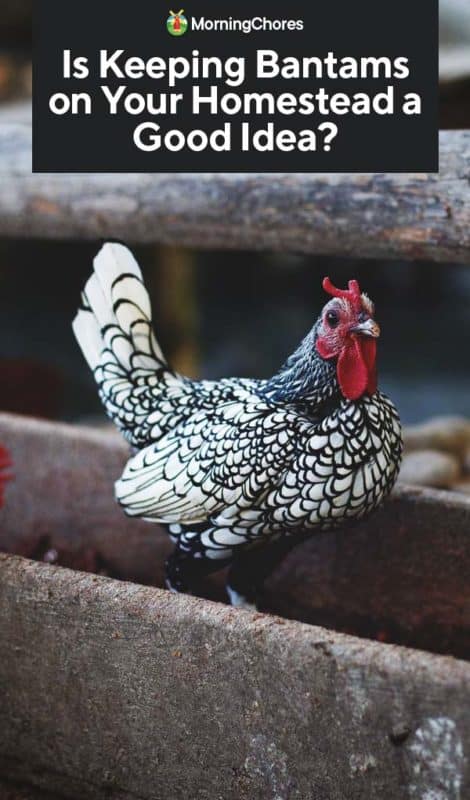
What is a Bantam Chicken?
Sailors found a smaller, more compact chicken in Southeast Asia and enjoyed the bird because they took up less space on long voyages. From that point on, any small chicken was referred to as a bantam.
Technically speaking, in order for a chicken to be a true bantam, it must not have a larger, standard-sized counterpart. Take Cochins, for instance. You have your giant, 9-pound standard Cochin and then the “bantam” Cochin that weighs less than 2 pounds.
In these cases, it’s technically correct to call them Miniature Cochins. Despite all the technical terms, most people including myself just call all little chickens “bantams” and it’s never caused any confusion.
Egg and Meat Production of Bantams
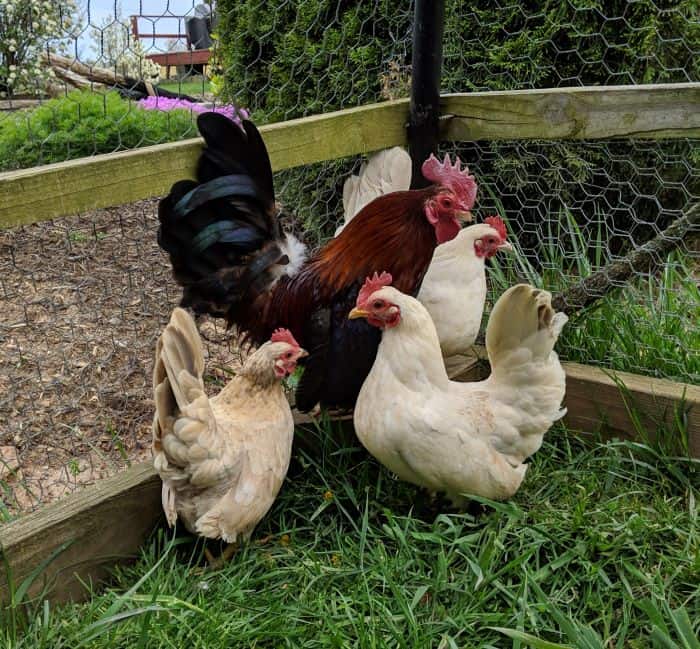
As far as practical uses go, my mother wasn’t completely wrong for having a hard time finding the practicality in these teacup-sized chickens. While bantams still produce meat and eggs, everything is tiny.
It takes about 3 bantam sized eggs to equal one standard-sized egg. It is also worth noting that generally speaking, a bantam hen lays fewer eggs per week than a standard hen, though there are some exceptions.
The meat on a bantam carcass? Honestly, it’s not even worth your time to butcher a bantam for their meat because the amount is so minimal.
Pretty Good Pet Qualities
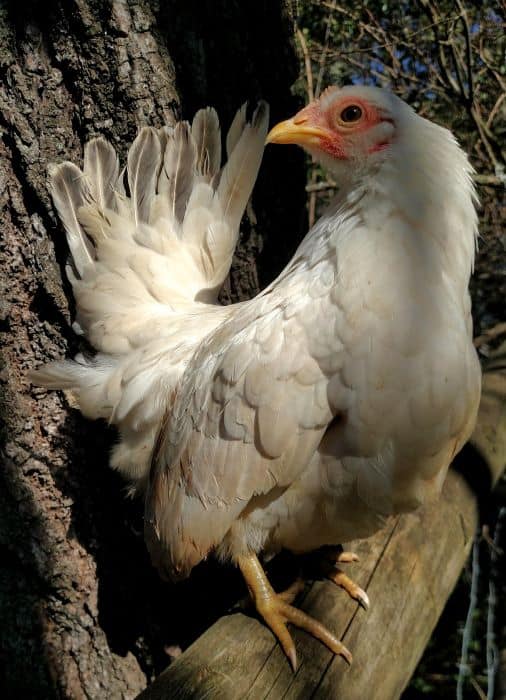
While bantams might not be the best at egg and meat production, these little chickens definitely have a spot on the farm for some people. When you think about it, keeping a few bantams as pets could be cheaper than some dogs, and who doesn’t want some pocket chickens for companionship?
1. Little Chicken Keepers
One reason I’ll recommend bantams to chicken keepers is for their little ones. If your child wants a pet or you just want to introduce them to a little bit of farming, bantams can be a great choice. Especially for young children, a standard-sized chicken can be a bit intimidating. A docile bantam breed can be a lot of fun for kids to raise without feeling quite as scared by a big chicken flapping about.
2. Keeping Bantams as Showbirds
Another popular reason for keeping bantams as pets is because they are fun to show. Kids will often use bantams for their first showbirds because it’s easier to learn how to handle a small chicken. Showmanship, a very important event for 4-H kids is where children learn how to examine and show a bird in front of a judge.
As we all know, a big chicken can get her wings flapping and be hard to control. When handling a smaller chicken, kids can perfect their technique for handling and showing before moving on to a standard.
Even adults enjoy showing these pocket-sized chickens because they’re just a little bit easier than a standard chicken. True bantam breeds such as Japanese Bantams make a fun hobby breed for adults to breed and show.
2 Advantages to Keeping Bantams
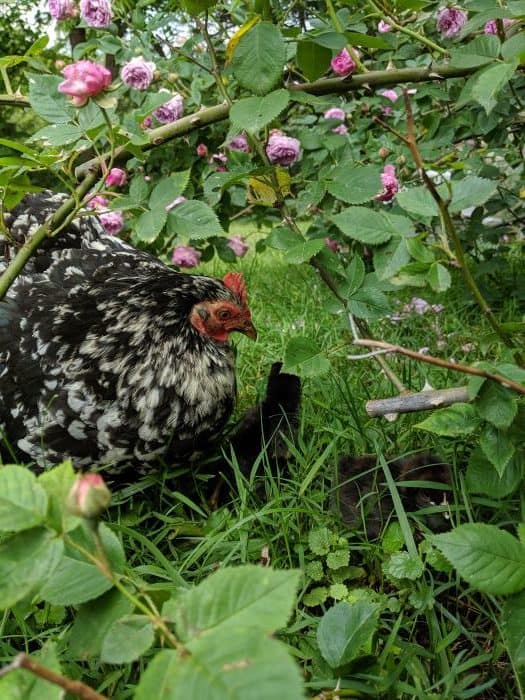
1. Housing
For those with limited space, bantam keeping might be a perfect solution for you. Sure, you won’t get big eggs, but an egg is an egg, and it might be nice to have ten chickens instead of five in your little backyard.
A standard chicken requires a minimum of four square feet per bird in the chicken coop and ten square feet in the run. Bantams only need two square feet per bird in the coop with five square feet per bird in your run.
2. Feeding
Just like with housing, bantams consume a whole lot less food than a bigger chicken does. In fact, a bantam hen usually consumes less than half what a standard chicken would. If you’re on a budget, bantams will no doubt be a cheaper choice than standard chickens.
The Disadvantages to Keeping Bantams

Although we have discussed the disadvantages of less meat and eggs, there are some other drawbacks to bantam keeping that are worth considering before buying these little birds.
1. Predator Vulnerability
Predators are always an issue with any kind of livestock and the smaller the animal, the more vulnerable they are. Even standard chickens have a large range of predators that will attack them.
Juvenile hawks and adult cats are both predators that are very likely to make a meal out of a bantam when they would usually pass a standard chicken over.
2. Marketable Products
If you want to have an egg or meat business, bantams are not going to be a good option to consider. While you might be happy to eat mini eggs, it’s pretty unlikely you’ll find a market for little bitty chicken eggs. If you just want eggs for your family, this won’t bother you in the slightest, but it’s a consideration for some people.
Can You Keep Bantams With Standard Chickens?
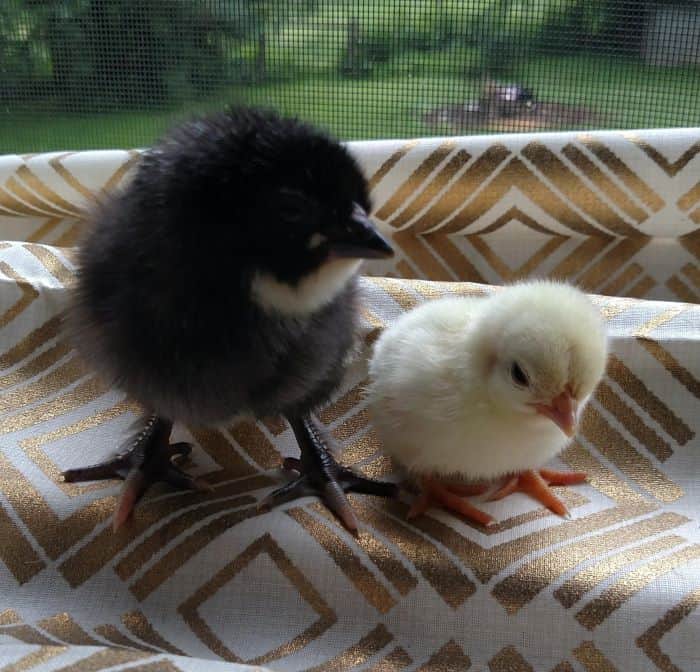
When I got my bantams, I raised them on their own, but they ended up in the main flock once they were adults. Keeping these chickens with standard chickens can pose some problems and it doesn’t always work depending on your flock dynamics.
It’s a good idea to have a backup plan such as a separate coop and run just for bantams. The main issue you’ll encounter with combining bantams and standard chickens is bullying, which can get out of hand when ignored.
The Two Top Bantam Breeds
1. Seramas
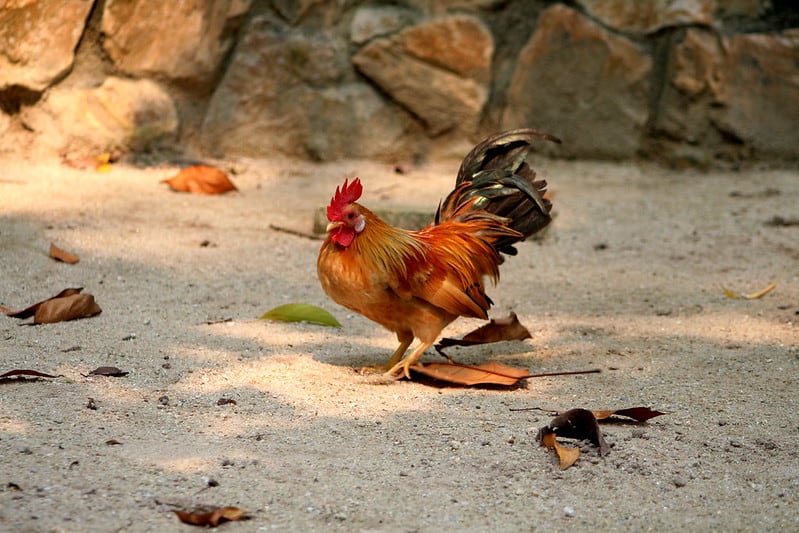
One very common bantam is the smallest chicken in the world, Seramas. These chickens really do take bantam to another level, which makes them a very fun chicken to raise.
Seramas are so tiny that many of them usually weigh less than a pound! This breed does have good production, albeit quail sized eggs.
2. Silkies
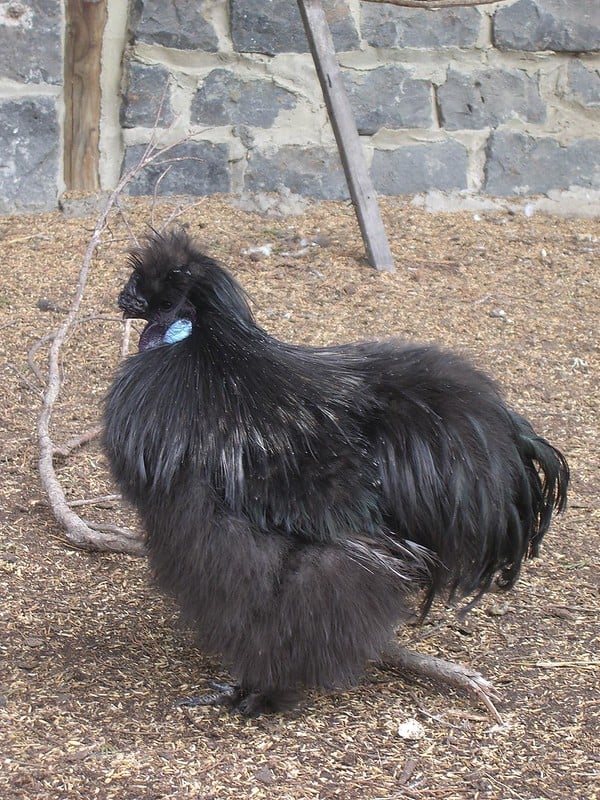
Silkies are another common and widely loved bantam that is a lot of fun to have on the farm. This is one of the larger varieties out there, but these chickens are still fairly small compared to standard chickens.
The reason Silkies are so adored by everyone is for their sweet and docile personality as well as their inclination to raise chicks. If you’re looking for a sweet lap chicken, look no further than the Silkie.
Farming To Fit All Shapes and Sizes
Bantams aren’t always right for every farm, but they are definitely loved by many for their tiny features and firecracker personalities. After owning bantams, I’d say they’re generally just for the poultry fancier, but there are definitely scenarios such as urban homesteading, where they can serve a useful purpose.
In the end, it’s up to you to consider the dynamics of your farm and how well you think these fun little birds will fit with your situation.
